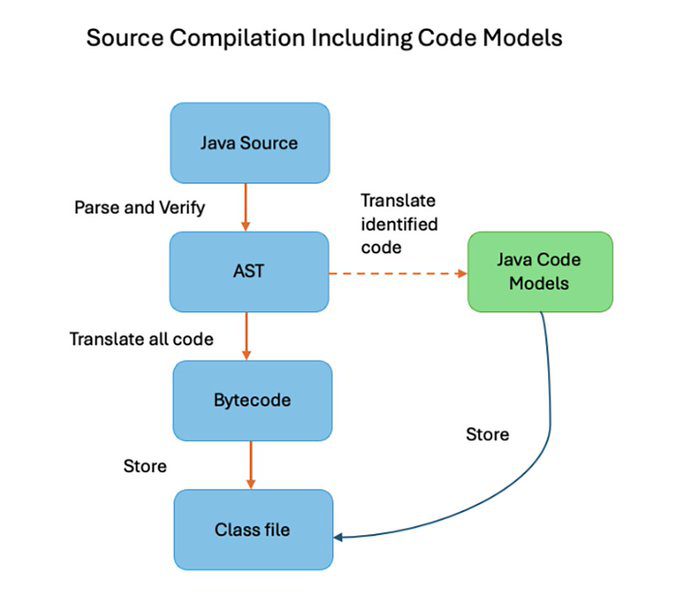Java developers are at the forefront of leveraging the language’s robust capabilities to innovate in the rapidly growing fields of artificial intelligence (AI) and high-performance computing (HPC). As the demand for AI-driven solutions and high-performance applications continues to surge, Java’s versatility and performance make it an ideal choice for developers looking to push the boundaries of technology.
Java’s Role in AI and High-Performance Computing
Java has long been celebrated for its platform independence, security features, and extensive libraries, making it a preferred language for enterprise-level applications. In the context of AI and HPC, Java offers several advantages:
- Scalability: Java’s ability to handle large-scale applications makes it suitable for AI projects that require processing vast amounts of data.
- Performance: With the introduction of Just-In-Time (JIT) compilers and other performance enhancements, Java can efficiently execute complex algorithms used in AI and HPC.
- Community Support: Java boasts a large and active developer community, providing a wealth of resources, libraries, and frameworks that can be leveraged for AI and HPC development.
AI-Driven Innovations in Java
Java developers are increasingly integrating AI into their applications, utilizing machine learning libraries such as Deeplearning4j and Weka. These libraries enable the development of sophisticated AI models that can perform tasks ranging from natural language processing to image recognition. Additionally, Java’s compatibility with big data frameworks like Apache Hadoop and Apache Spark allows developers to process and analyze large datasets, a critical requirement for AI applications.
For instance, Infosys, a leading IT services company, is embedding AI and generative AI into its services, leading to productivity improvements in software engineering and other areas. This integration has resulted in productivity benefits for employees in software engineering, improving efficiency by 10-30%.
High-Performance Computing with Java
High-performance computing is essential for solving complex scientific and engineering problems that require significant computational power. Java’s concurrency features, such as multithreading and parallel processing, make it well-suited for HPC applications. Developers can leverage Java’s concurrency APIs to build applications that efficiently utilize multi-core processors, thereby enhancing performance.
Moreover, Java’s integration with GPU computing frameworks like CUDA and OpenCL allows developers to harness the power of GPUs for parallel processing tasks. This capability is particularly beneficial for AI applications that involve deep learning, where training models on large datasets can be computationally intensive.
India’s Role in the AI Revolution
India is poised to play a significant role in the global AI revolution, with its vast pool of skilled developers and a growing focus on AI-driven innovations. Nvidia’s CEO, Jensen Huang, emphasized India’s critical role in leading AI innovation, advocating for the country to transition from IT cost-reduction services to AI-driven growth. He highlighted the potential for AI to enhance efficiency and productivity across various sectors, including agriculture.
Additionally, India’s developer talent is playing a major role in building AI applications. For example, a Bengaluru-based engineering team developed an AI application that automates 10-Q filings for US companies, significantly reducing the time required for this process.
Conclusion
As Java developers continue to explore the capabilities of the language in AI and high-performance computing, the potential for innovation is immense. By leveraging Java’s strengths, developers can create powerful AI-driven solutions and high-performance applications that address complex challenges and drive technological advancement.
Ready to Transform Your Hotel Experience? Schedule a free demo today
Explore Textify’s AI membership
Explore latest trends with NewsGenie
